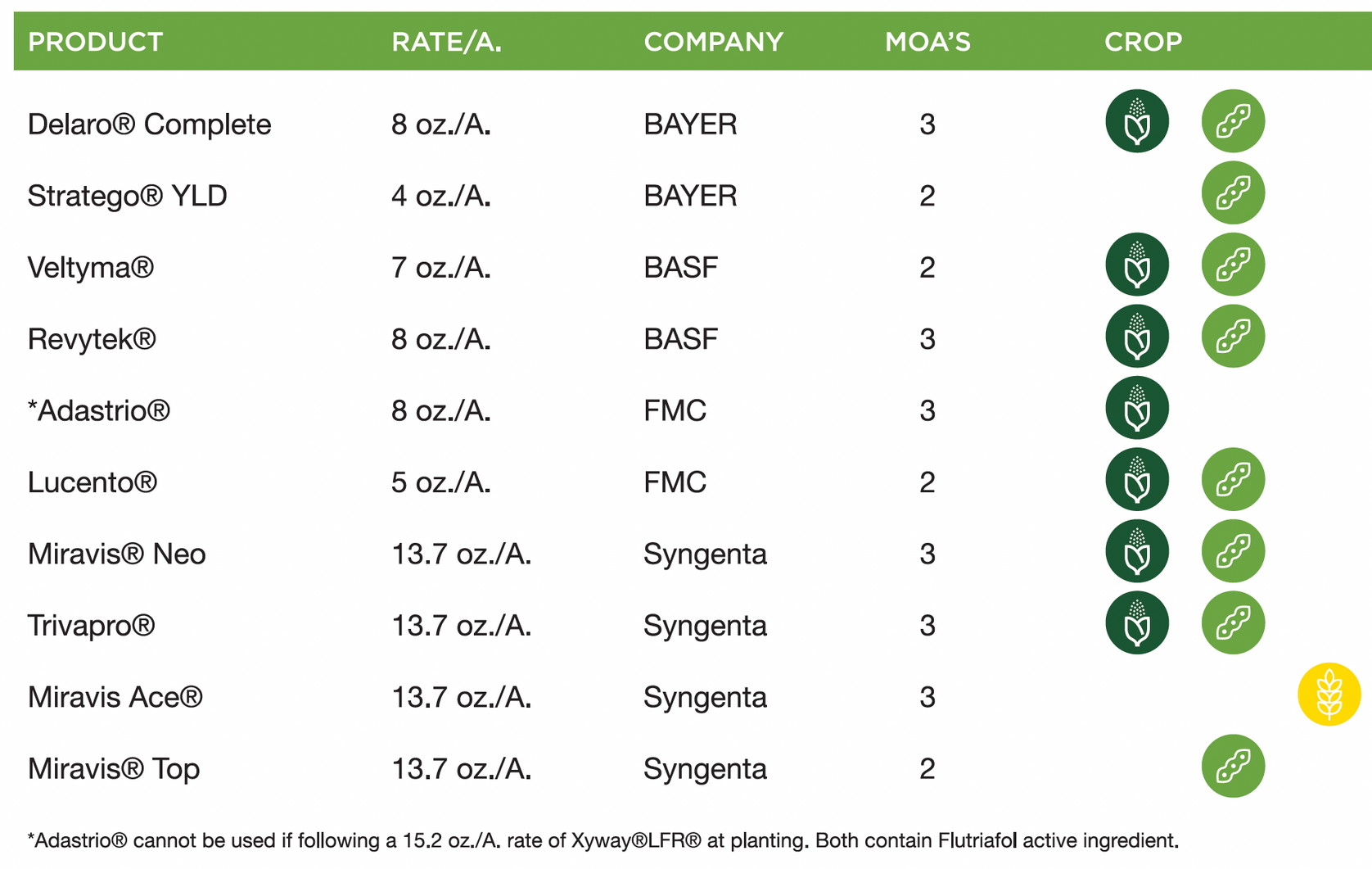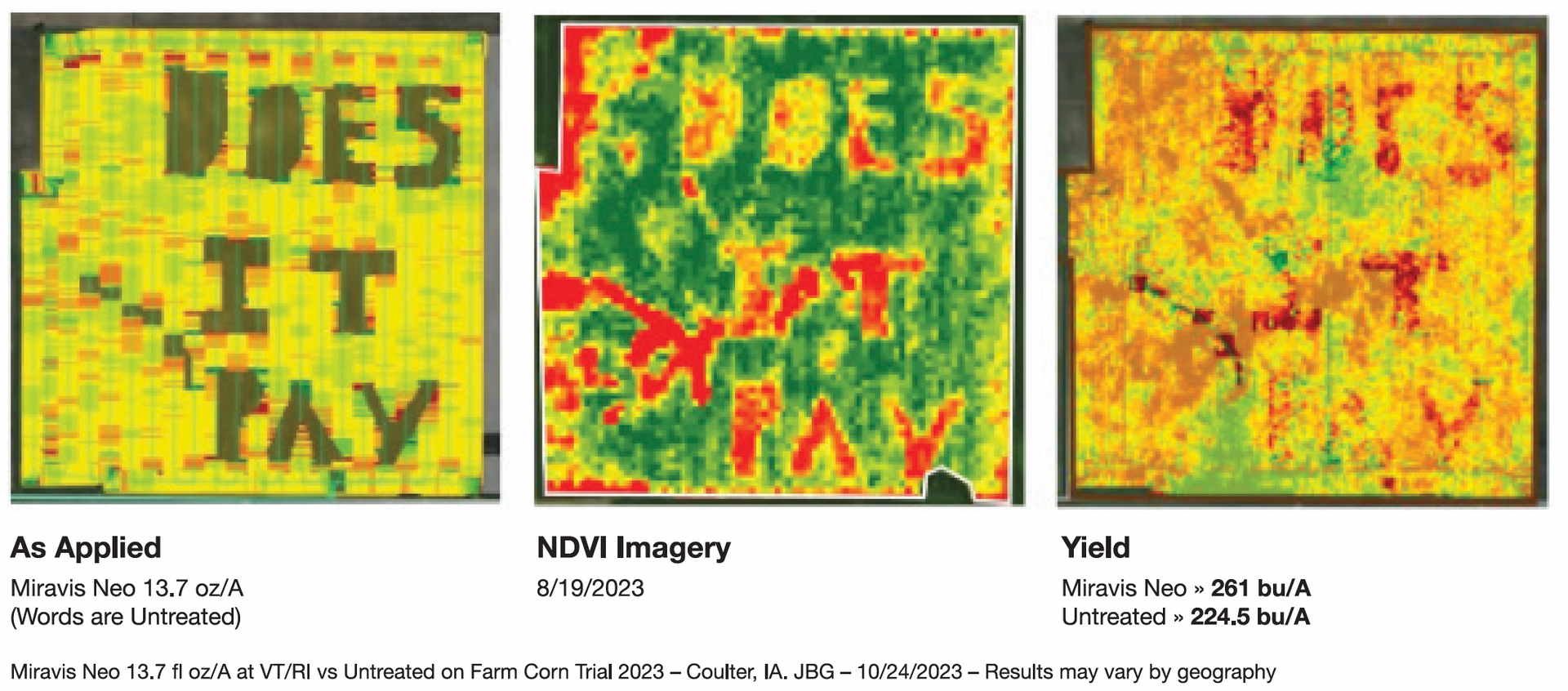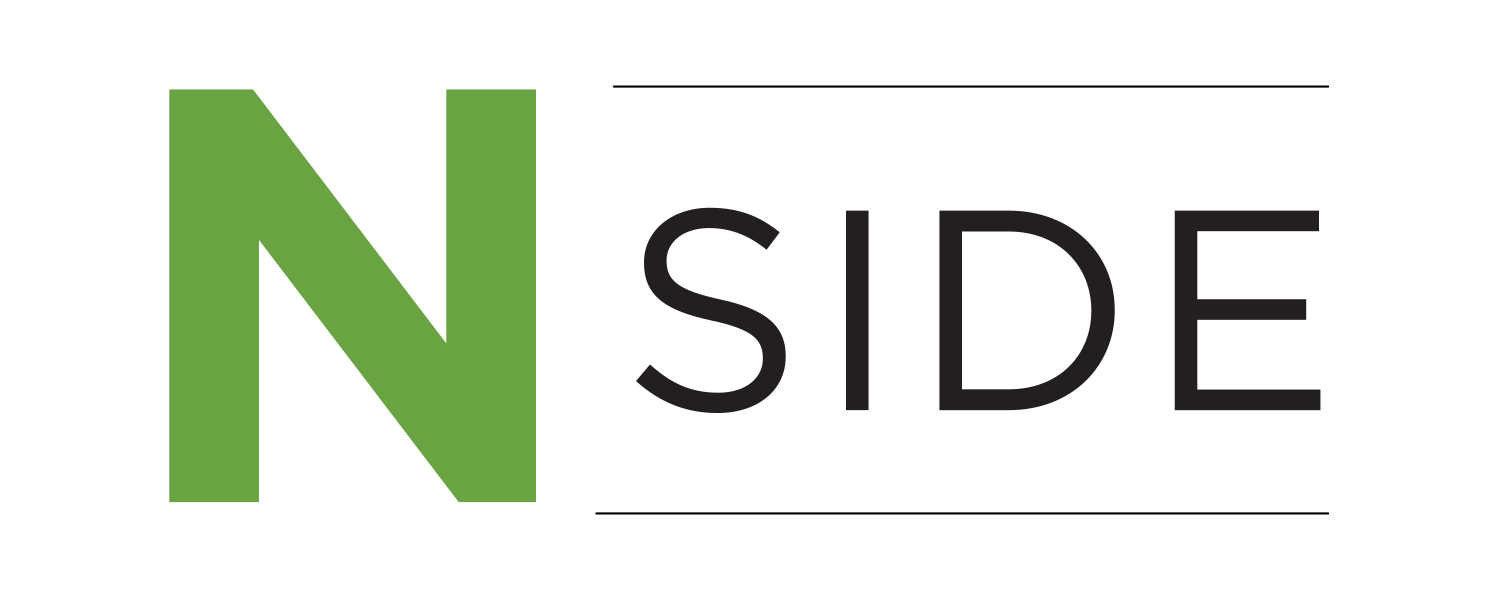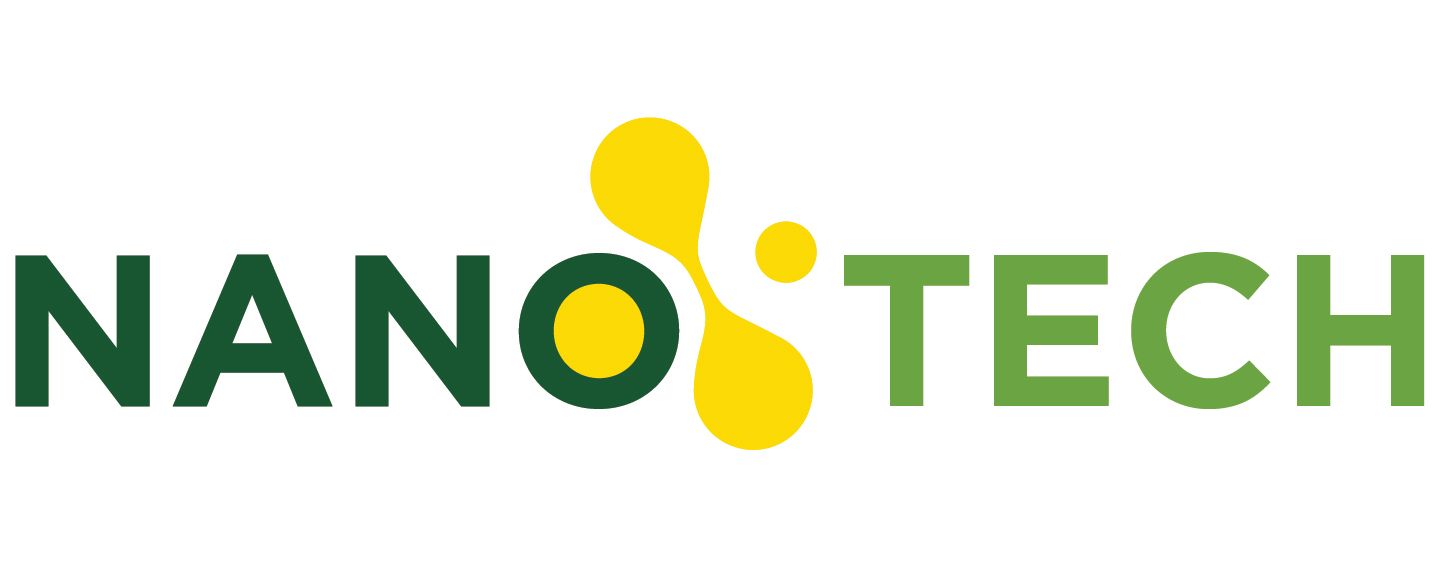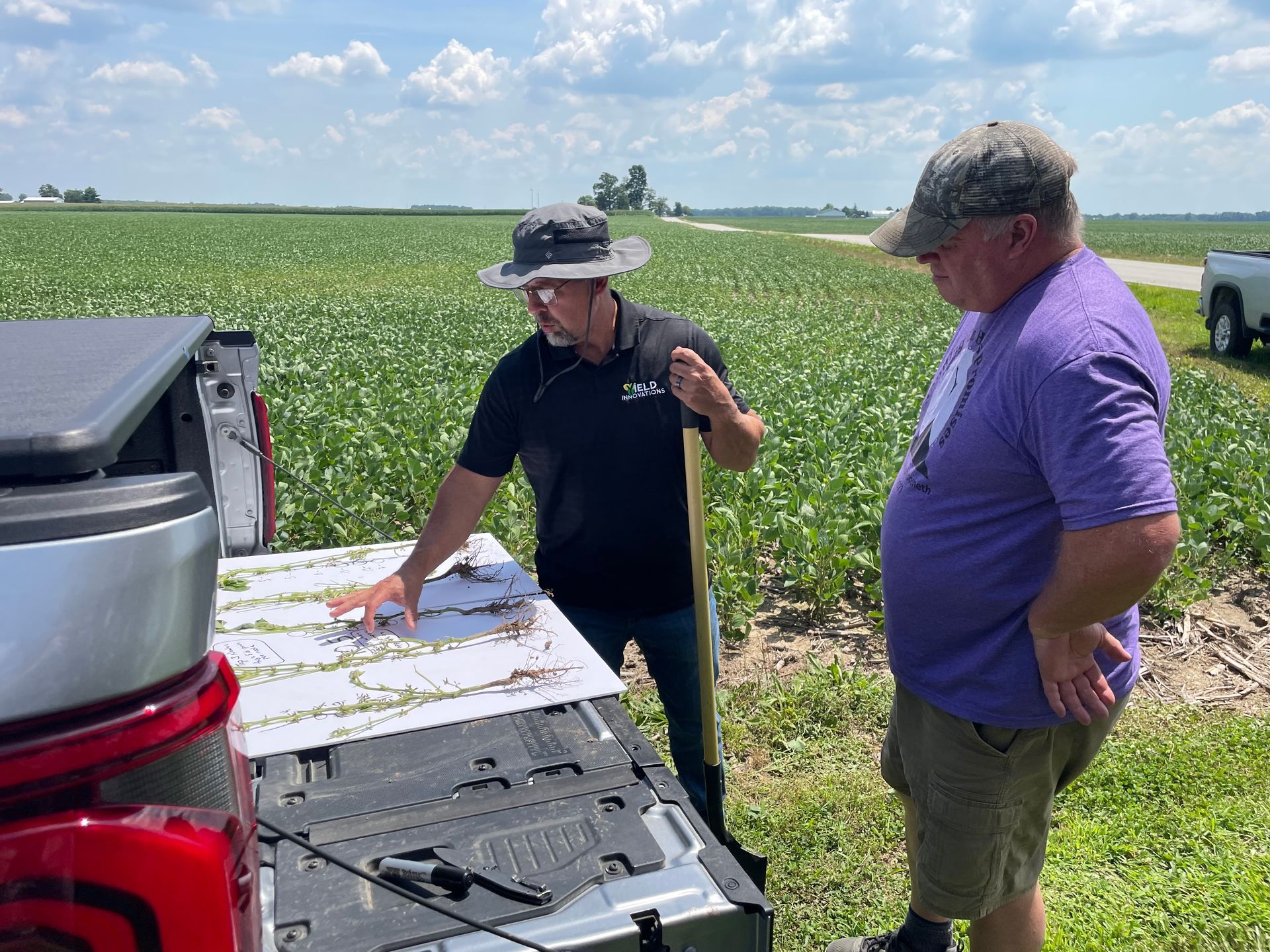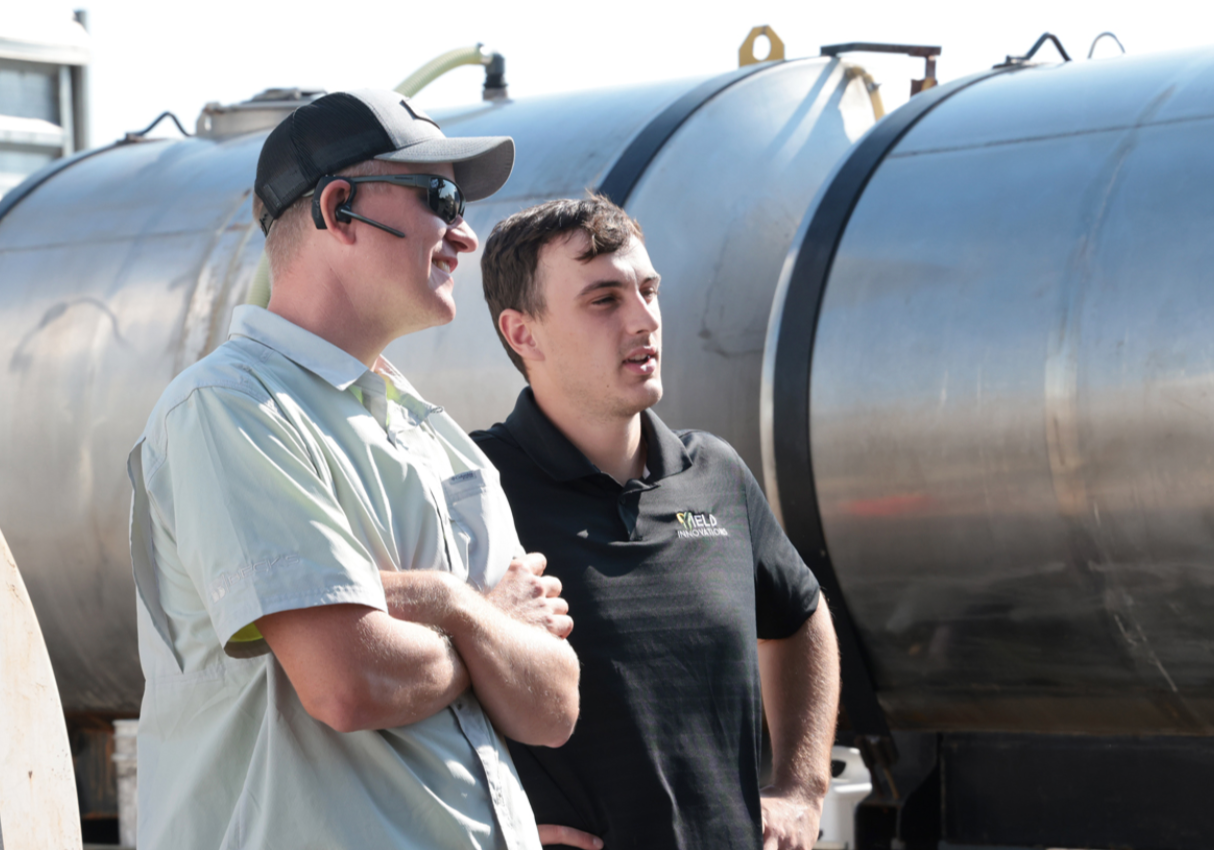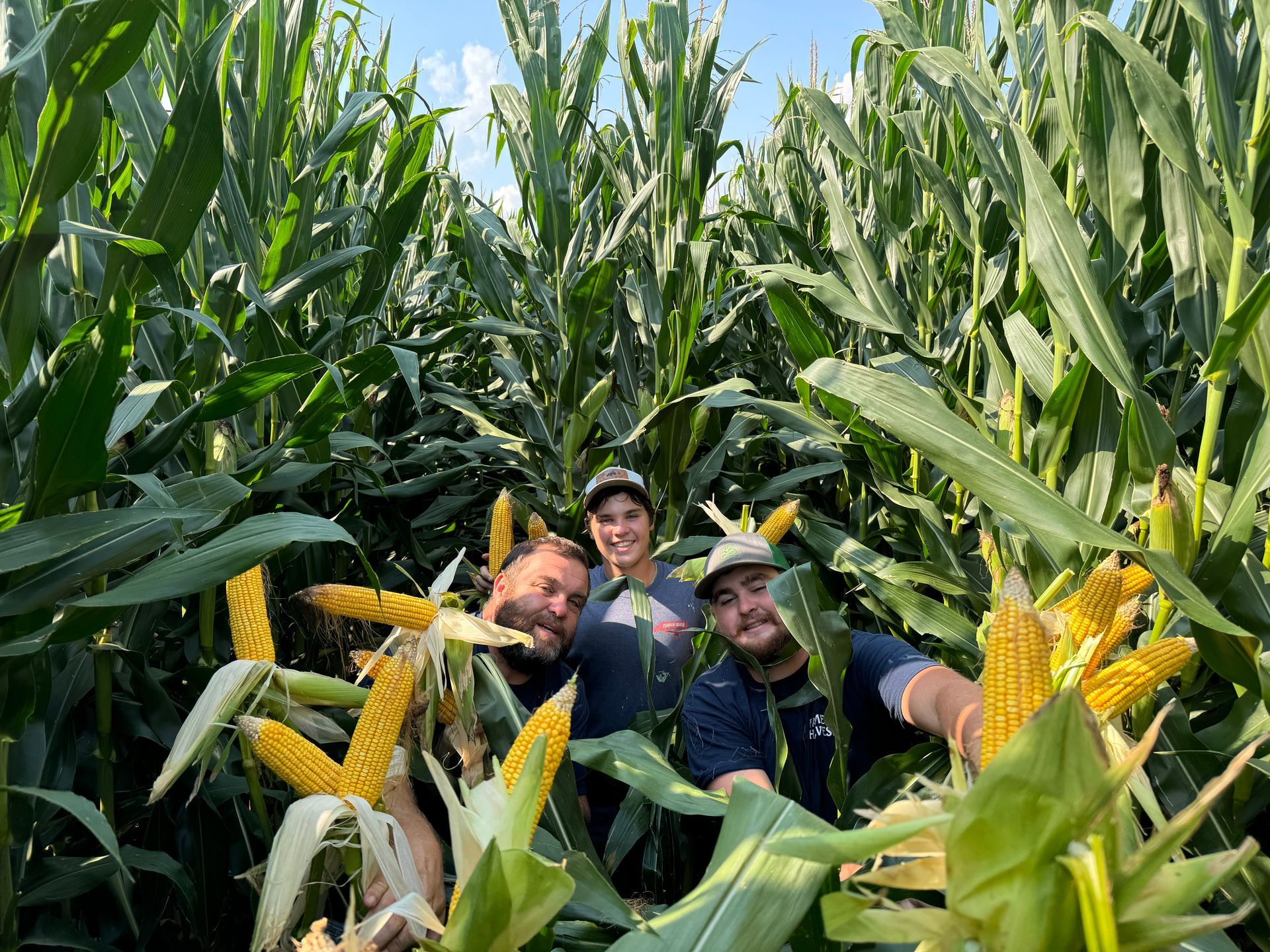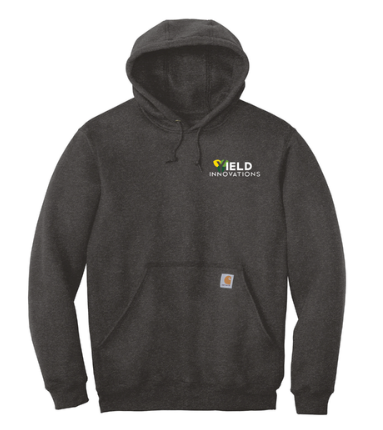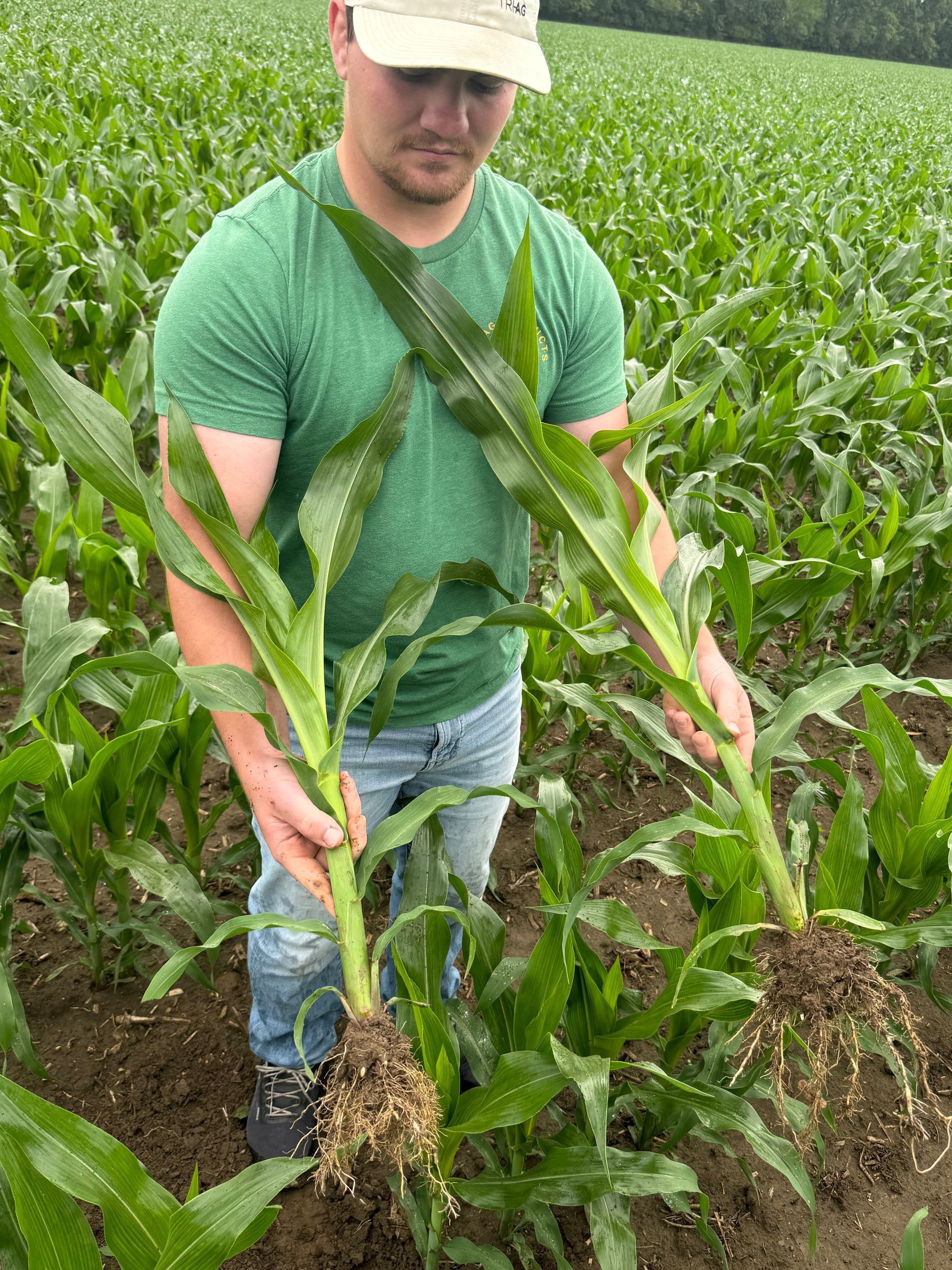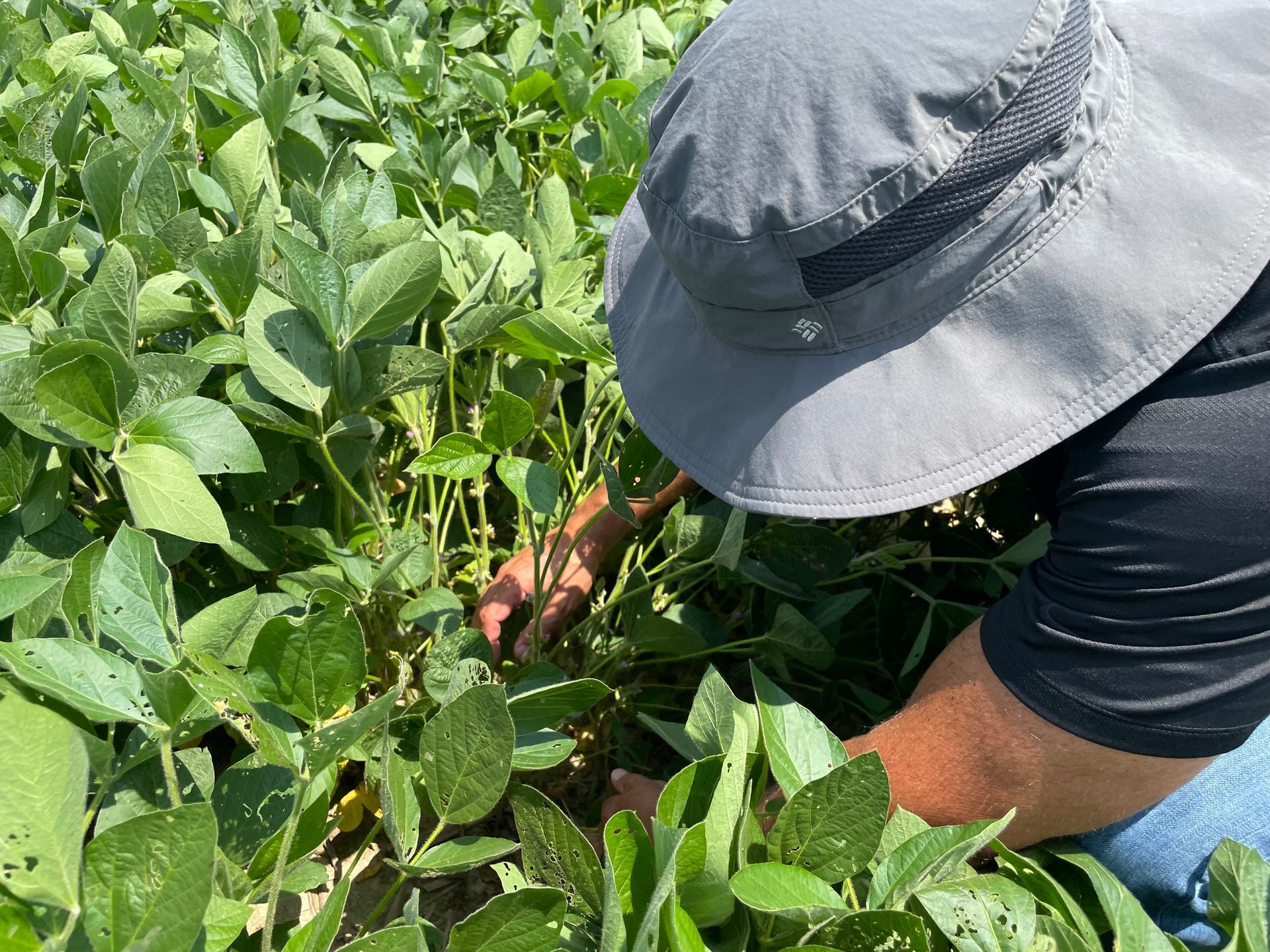Late Season Fungicide Applications
Using fungicides late enough in the season to protect the most critical period of grain fill
STEP 5
TAPS includes a proactive approach to disease management
To maximize yield and profitability, we need to allow today's elite genetics to reach their maximum potential. It rarely comes in contact with it!
- Why is kernel flex so important in corn? LEARN MORE
- How does using fungicides late in the season impact kernel depth? LEARN MORE
- What are the correct application growth stages that would protect the most critical periods of grain fill? LEARN MORE
- Foliar fungicides with the most active ingredients and consistent performance. LEARN MORE
Why is kernel flex so important in corn?
~1/3 of YIELD POTENTIAL is residing in the kernel's ability to flex depth!
Example: 16 rows around x 35 kernels long x 32,000 plants with an average kernel depth leading to 90,000 kernels in a bushel = 199.1 Bu./A.
16 rows around x 35 kernels long x 32,000 plants with an average kernel depth leading to 60,000 kernels in a bushel= 298.7 bu./A.
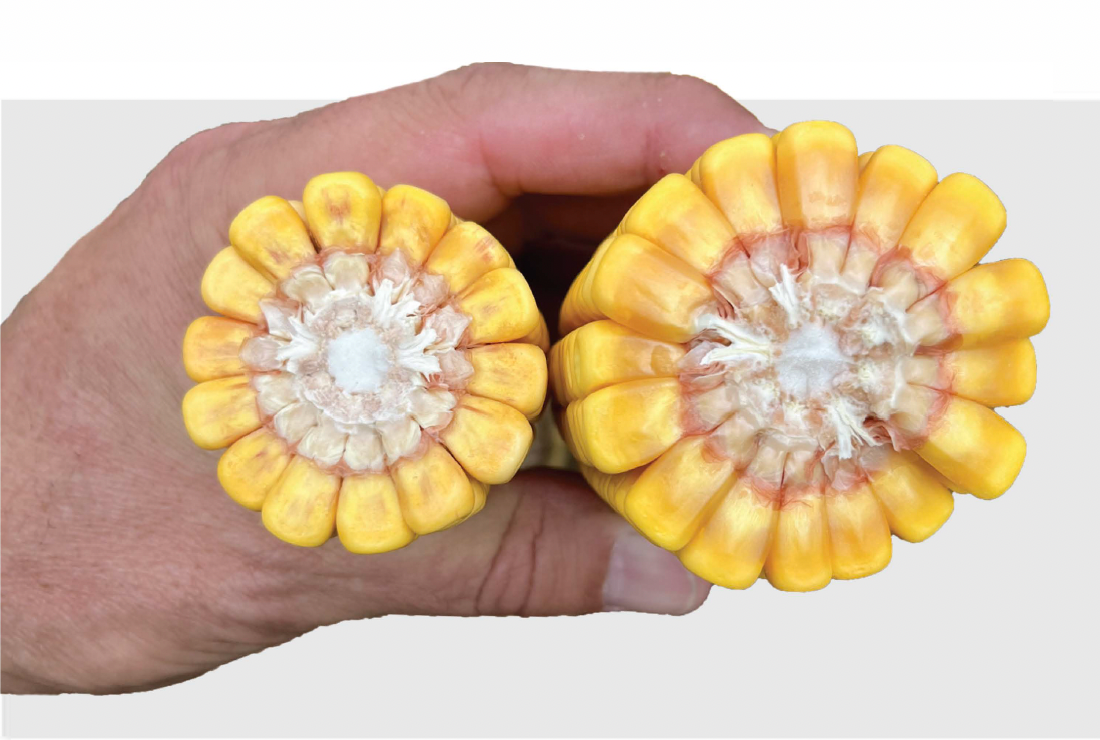
How does using fungicides late in the season impact kernel depth?
Preventing late season diseases maximizes the photosynthetic rate of the corn plant which directly impacts the plant's ability to drive starch (depth/weight) into the developing grain. That same concept holds true for soybeans and wheat.
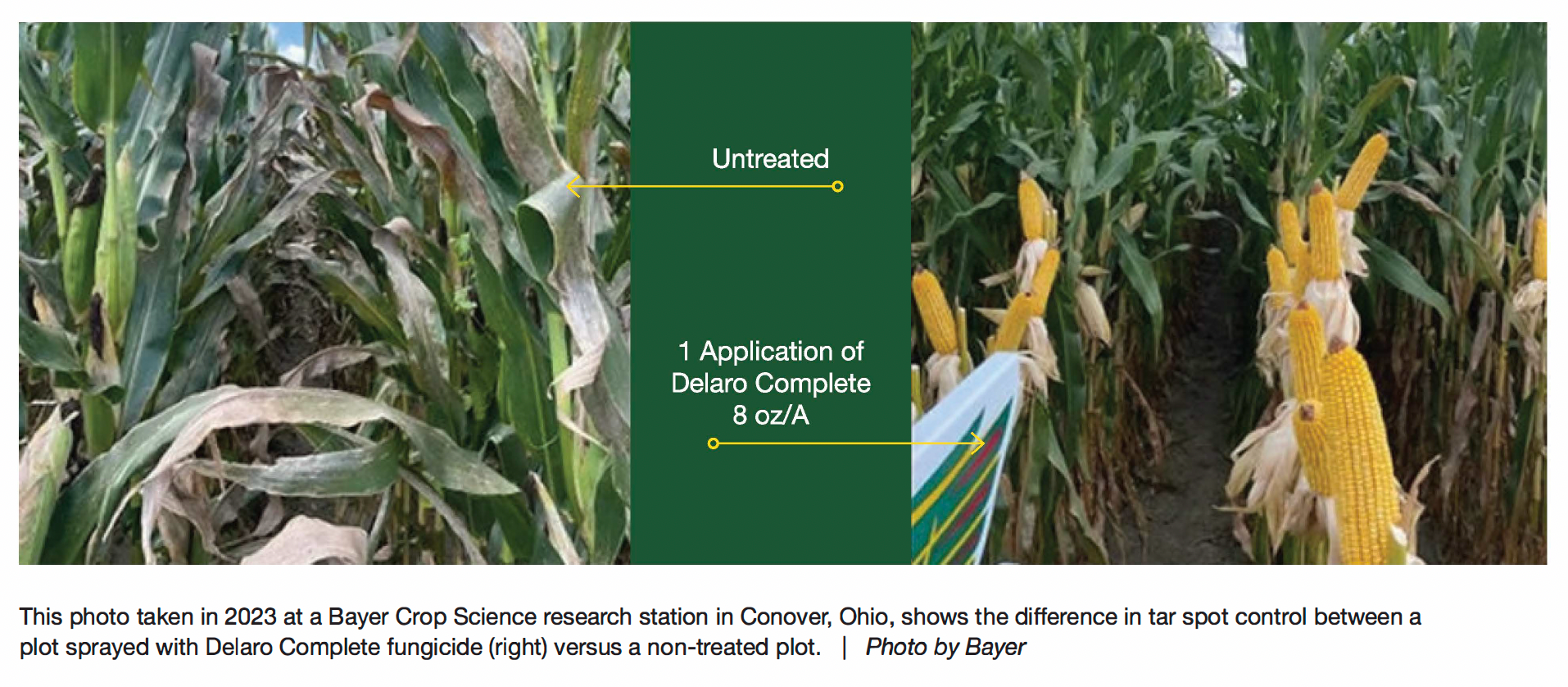
What are the correct application growth stages that would protect the most critical periods of grain fill?
CORN
The brown silk stage (R3) occurs 18-20 days after silking, when there are yellow kernels with milky white fluid. The very best fungicides can protect close to 30 days which would help us near the end of RS and approaching physiological maturity.
KEY TAKEAWAY? Diseases must not be present PRIOR to the R3 application. This can be accomplished most economically by an at-plant application of Xyway@ 15.2 oz.IA., which requires no application cost.
A tassel time application could be warranted under severe disease infestations .
SOYBEANS
The R3 growth stage of soybeans is historically the most profitable application timing. Look for 3/16" pods in one of the top four nodes of the soybean plant. When this occurs, you will see pods with developing soybeans visible in the bottom of the plants as well.
WHEAT
TAPS wheat recommendation late season is to apply Miravis Ace at 13. 7 oz./A . This is due to both performance as well as application flexibility. Miravis Ace can be applied from 50% head emergence through flowering. No other late season wheat fungicide that controls head scab has this wide window
of application.
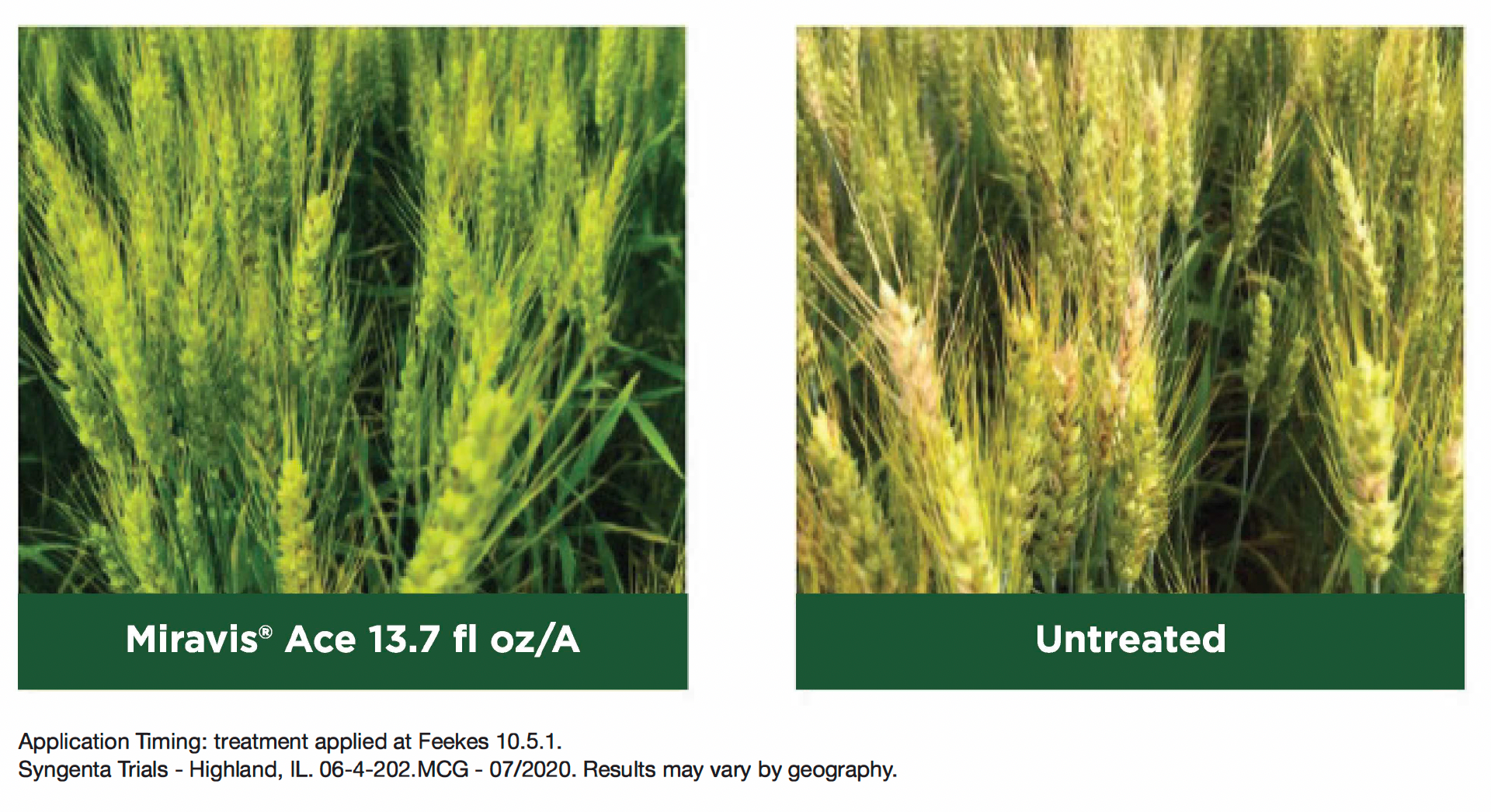
Foliar fungicides with the most active ingredients and consistent performance.
Late season fungicide in all crops is STEP 5 in TAPS because quality fungicides make you money the majority of the time. Nothing in agriculture works 100% of the time. However, win ratios of 70-85% are common with the fungicides listed above. Does it pay? Yes, the vast majority of the time, it pays!
